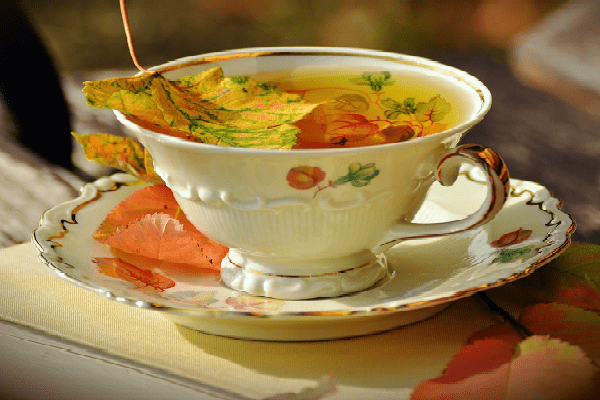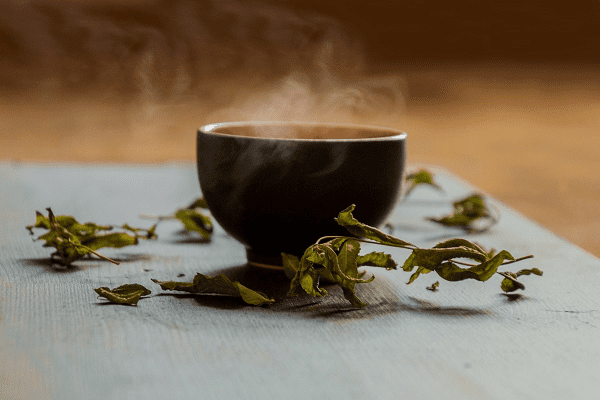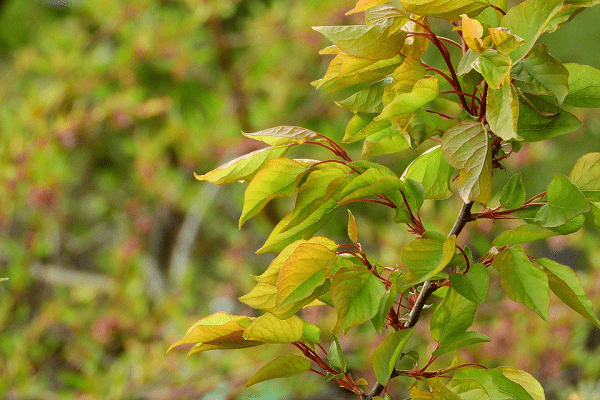Phytotherapy >>>> Types of leaf tea, fermentation and medicinal properties
Types of leaf tea, fermentation and medicinal properties.
Start: Teas with Healing Properties

The discovery of the unique properties of the leaves of the Tea Bush - Camellia Chinese, made the drink made from these leaves popular with all people without exception. There is no such person who would refuse to drink tea. Over time, tea drinking has become a tradition, and the shrubs of the Chinese Camellia (Tea Bush) themselves have become a cultivated plant.
In order to diversify the taste of loose leaf tea, technologies have been created for its collection time, special conditions for pre-processing, drying and storage.
It turned out that many plants have similar characteristics to the leaves of the Tea Bush, have no less useful properties and deserve their place as an ingredient in tea leaves.
Thus, the beneficial properties of the leaves of fruit trees and shrubs were discovered, which transferred them to the category of tea, herbal leaves convenient for brewing - Ivan-tea, Mint, Melissa and others, which have no less useful properties for the body as an everyday drink. Herbal fragrances have made it possible to diversify the taste of leaf tea, making tea drinking an interesting entertainment for connoisseurs of taste sensations.
Considering that tea leaves tea leaves have a tart taste due to the high content of tannins - tannins, it is possible to refine the taste of leaf tea leaves by fermenting tea leaves at the time of harvesting and harvesting, so that some of the tannins leave the plant and become more accessible for transition to water infusion.

Fermentation of tea leaves is a process similar to drying and pickling fruits and vegetables. The collected and washed leaves of plants are laid out in a dark place, with good ventilation and high humidity (at least 70%) and, stirring (turning on different sides), give time to dry slightly, but not to a crunch - the leaves, when dried, should remain flexible. Drying the leaves is best done on a perforated (mesh) surface to ensure uniform air access.
Usually the leaves are dried during the day, then the leaves begin to crush, pressing them together and provoking the release of juice. Well-crumpled leaves (the process resembles pickling cabbage) are placed in containers and the direct fermentation process begins - fermentation in its own juice.
The fermentation process is maintained at a temperature of 22 to 27 degrees. The warmer the surrounding atmosphere, the faster the fermentation process. To obtain a different strength of the brew, the fermentation process is interrupted after 2 - 6 - 24 hours, avoiding the moment of mold of the plant mass.
It is in this way that various types of leaf tea are obtained, including green and black tea from the leaves of the Tea Bush. For black tea, the leaves are brought to darkening by a fermentation process. Lighter teas are obtained by interrupting the fermentation in the early stages after 2-4 hours before they are finally darkened.

Fermentation is the process of mechanical and chemical separation of the necessary substances from the leaves before the moment of brewing, which facilitates their release into boiling water when brewing leaves and creates a variety of flavors ranging from low to very strong strength. The longer the leaf is fermented, the stronger, blacker and more astringent the tea.
When the fermentation process is over, the leaves are dried and packaged in paper bags.
Which plants can be used to make fermented leaf tea:
- mint leaves,
- lemon balm leaves,
- linden leaves,
- cherry leaves,
- sweet cherries leaves,
- plum leaves,
- currant leaves,
- apricot leaves,
- pear leaves,
- apple tree leaves,
- pomegranate leaves,
- quince leaves,
- persimmon leaves,
- strawberry leaves,
- lingonberry leaves,
- thyme leaves,
- sage leaves,
- basil leaves,
- leaves of Ivan-tea.
Leaves for tea are harvested until the time of fruiting of plants (many - until the time of flowering), when they collect useful substances in high concentration.
The tanning and astringent effect of tea leaves from plants has a protective effect on the mucous layer of the gastrointestinal tract, an antiseptic effect, and inhibits decay processes. Leafy teas with a high tannin content have a tonic effect on the nervous system, therefore they are classified as energy drinks.

Read

Read



























